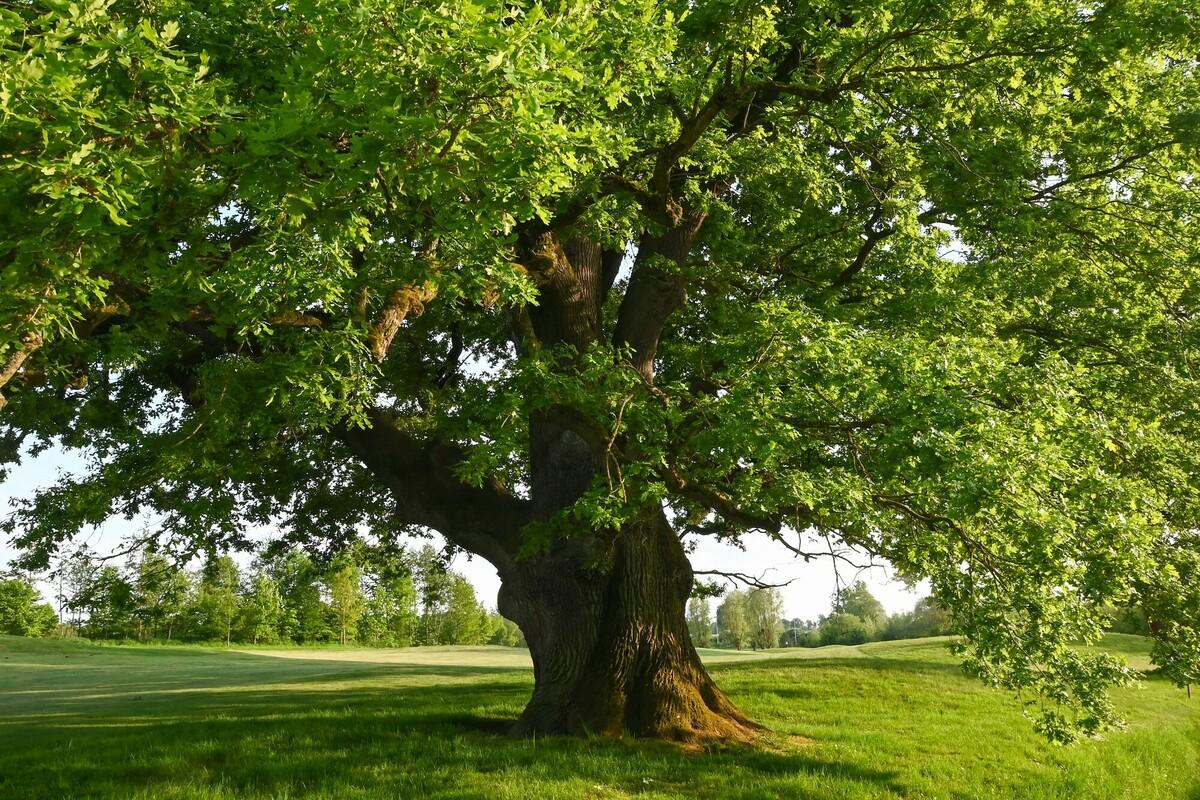
Getting to the root of growing the Forest
The Heart of England Forest continues to grow - tree by tree, habitat by habitat - for the benefit of wildlife, people, and the climate. With more than two million trees planted to date, the Forest is becoming an increasingly rich and diverse landscape, carefully designed to reflect local history, support biodiversity, and create a resilient woodland for generations to come.
Between October 2025 and March 2026, we are planting 100,000 trees, including the creation of 125 acres of new woodland, adding to the mosaic of Forest habitats that currently covers 9,000 acres.
Trees – the planting mix in the Forest
Right Tree, Right Place, Right Time
All the trees and shrubs we plant in the Forest are suited to the local conditions. We check our soil types and climatic conditions for both now and the future to ensure we plant tree species that can establish in our current climate but also thrive for the whole lifespan of the tree. We use a tool called Ecological Site Classification to support our tree species decision-making. As the climate changes, we need to ensure our forest is resilient and able to adapt to future climate scenarios.
This year, we are planting 18,000 common oak and 9,000 hornbeam. These two species are a significant component of the overall planting. All of these trees have been grown in our own tree nursery, with our volunteers helping to plant and care for these young trees before they are planted out into the Forest.
We are also planting 7,500 aspen and 4,000 field maple, both grow really well in our forest. Alongside these species, we are planting a variety of shrubs which add another dynamic to our woodland, especially the edge, which is so important for many different species of insects.

Faster growing tree species (nurse trees)
In addition to these slow-growing high forest trees, a variety of faster growing nurse trees are also planted, such as birch (Betula pendula) and aspen (Populus tremula). These pioneer species can provide shade, shelter, and nutrition for the soil as they drop their leaves in the winter, thus protecting and encouraging the growth of the slower growing trees, expediting the establishment of a woodland ecosystem.
The inclusion of water-loving trees such as willow (Salix viminalis and Salix purpurea) and alder (Alnus glutinosa) also allows us to adapt the planting plan to suit the local topography/ground conditions.

Fruiting trees and shrubs
We are planting a variety of trees and shrubs, which introduces both species and functional diversity. This not only helps create a resilient forest but also provides habitats for a wide range of flora and fauna, enhancing biodiversity.
The parkland-style planting at Arrow Mill and Little Dorsington features sparsely planted groups of trees interspersed with individual trees. This allows for large open areas of grassland, which can, in time, be grazed by our livestock. The open aspect can also help preserve existing views for our visitors and neighbours.
The inclusion of small glades and wide forest rides with scalloped edges means that our plantations comprise a variety of habitats which encourage biodiversity, and provide vital food and pollen sources for local wildlife.
Tree maintenance and management
This year marks a first for the Heart of England Forest. Through a new partnership with Tubex, we have become a tree shelter collection hub as part of the UK’s first free Tree Shelter Collection and Recycling Programme. Thanks to this initiative, we have collected 35 bulk bags for recycling - approximately 13,500 used tree shelters, including around 12,500 from our own sites and a further 1,000 dropped off by members of the public.

This programme ensures that the responsible disposal and recycling of tree shelters is within reach of everyone.
Tree shelters are important for the protection of our saplings. They protect young saplings from browsing animals such as deer, rabbits, and voles, allowing them time to grow to a substantial age before this protection is removed. They can also protect against harsh weather, creating a mini-greenhouse effect that boosts survival rates and encourages faster, taller growth by sheltering them from wind, frost, and competing vegetation.
This year, we are also using fungi pellets to enhance the trees’ ability to absorb water and nutrients, and wool mulch mats to control weeds, helping to improve their growth rate, following a trial of both last year. We look forward to updating you on the progress of these trees in the coming years.
Help the Forest grow
A new year, a stronger Forest.
As we look ahead, every seed sown and every sapling nurtured brings us closer to a thriving, resilient Forest, a place where wildlife can flourish and people can reconnect with nature.
If your New Year's resolution includes getting outdoors, giving back, or being part of something meaningful, there’s no better time to join us.



